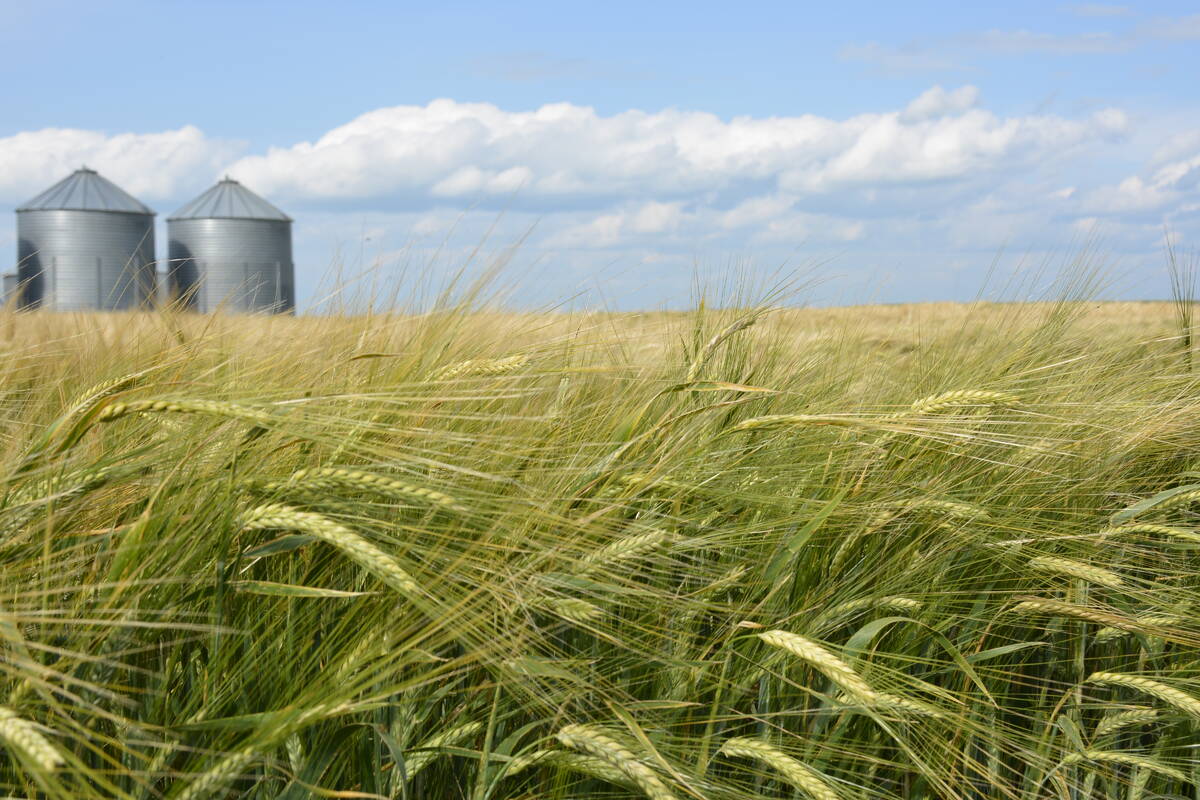RED DEER — The Calgary Co-op is never going to have the lowest prices in the city, so it needs to differentiate itself from other grocery stores in other ways, says the company’s chief executive officer.
“Half the market is looking for the lowest price, the other half is looking for something different,” said Deane Collison.
Selling local and regional products is one way to separate the co-op from other Calgary grocery stores, he told the Alberta Livestock and Meat Agency conference.
It has more than 1,000 products in its stores identified as local.
Read Also

StatCan stands by its model-based crop forecast
Statistics Canada’s model-based production estimates are under scrutiny, but agency says it is confident in the results.
“As a co-op, we can really win on local. We’re finding great consumer acceptance. People really want to buy local,” said Collison, who took over as head of the Calgary Co-op in 2009, including 24 food stores.
He said the co-op has long had a great reputation for meat, particularly Alberta beef. The stores have a wide range of beef cuts, including a dry aged program that was lost with the XL Beef closure.
“It was unbelievable the number of complaints.”
Having trained butchers in the store for customers to talk to has also been key.
“People don’t know how to prepare a lot of the products.”
Customers are also looking for antibiotic and growth hormone-free beef, and the industry needs to “think hard” about whether continuing the use of growth hormones in cattle is necessary.
The size of cattle has become a challenge for grocery stores. Larger cattle are more profitable for producers, but it’s hard to sell the super sized steaks.
“People look at the size of steak and the steak is bigger and bigger and price point is bigger and bigger and the steaks get cut thinner and thinner and it gets tougher and tougher,” he said.
Collison said the company’s butchers have tried to find unique ways to cut and encourage consumers to cook pork, but it always seems to be the meat on sale. Beef makes up 30 percent of the co-op’s meat sales, while pork accounts for nine percent.
Collison wondered why Canadians couldn’t get the same pork specifications that Canada sends to Japan.
“I want to get pork with the right taste, tenderness, marbling. How do we make sure pork tastes great every time we buy it?” he said.
Collison said the co-op used to sell one kind of egg, but now sells seven to nine different kinds. Half the eggs are commodity-type and the other half are value-added.
“People are willing to pay more for eggs of perceived value.”
Co-op members recently passed a resolution at their annual meeting to phase out the sale of eggs and pork sourced from intensive confinement cages within the next five years.
The resolution isn’t binding on the board of directors, but it is something it will consider.
“Maybe this is a good thing. If this many people voted for this, maybe we have to listen.”
















